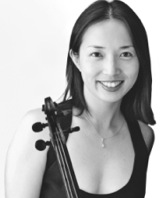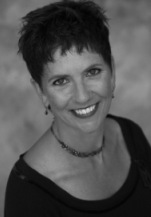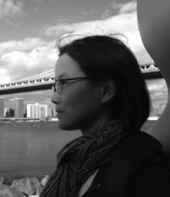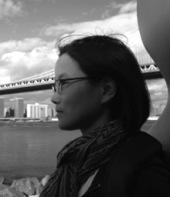
Old First Concerts has made itself invaluable in many ways, among them the opportunities it provides for some of the Bay Area’s finer players to appear in new combinations and with inventive programs. Sunday’s recital by pianist Lori Lack, violinist Christina Mok, and cellist Joanne Lin was a stellar example, with performances that would leave you guessing whether this group’s performances were more than occasional.
The program opened with a lesser-known, though hardly obscure, corner of the trio repertoire: Anton Arensky’s Piano Trio No. 1 in D Minor, Op. 32, of 1894.
The group’s excellent ensemble and balance were immediately apparent, as the work’s themes were spun out with an overarching clarity. The musicians also brought out the soulfulness of the music, beginning with the fairly Brahmsian opening movement.
Both Mok and Lin have wonderfully warm tones that were gorgeous when combined, and Lack’s virtuosity and legato touch made an ideal counterpart, especially in the “Elegia” movement.

A standout moment was a dreamlike, impressionistic suspension of time in the middle of the finale, before the players drove the music home. This work doesn’t quite rank with the familiar Brahms and Dvořák works of the same period, but it’s a welcome alternative, with its own richness, and the players made the case for it.
Next up was Jennifer Higdon’s recent Piano Trio, which is built on a simple contrast between two movements, the opening “Pale Yellow” giving way to “Fiery Red,” which sounded just as you would expect. The first movement had the quality of a folk hymn, opening simply and expanding to fuller counterpoint. The music was well-constructed but seemed almost relentlessly lovely at times, without much dramatic tension to define its shape, though the players brought a fitting lyrical touch to the music.
The second movement, as the title suggests, was about as action-packed as you can get, stormy and driving and largely in perpetual-motion mode. It’s quite a gauntlet for the musicians, and the players met the work’s tests with a tight ensemble and unflagging energy.

The program closed with a commanding performance of Shostakovich’s Piano Trio No. 2 in E Minor, Op. 67. This piece contains a huge range of moods, and the players delivered all of them convincingly. The first movement’s opening was particularly striking, with cello harmonics gradually giving way to muted violin, the sound first seeming to come from the ether, and then becoming fully embodied. The mood here was vulnerable and bleak, and the players’ collective sensitivity brought this out completely.
The same can be said for the music’s most energetic moments. This is one of the works in which Shostakovich dips into the sounds of Jewish folk music, and the trio’s take on the Jewish-inspired themes of the concluding movement had just the right controlled raucousness. The players were every bit the match for this work’s depth, range, and intensity.

